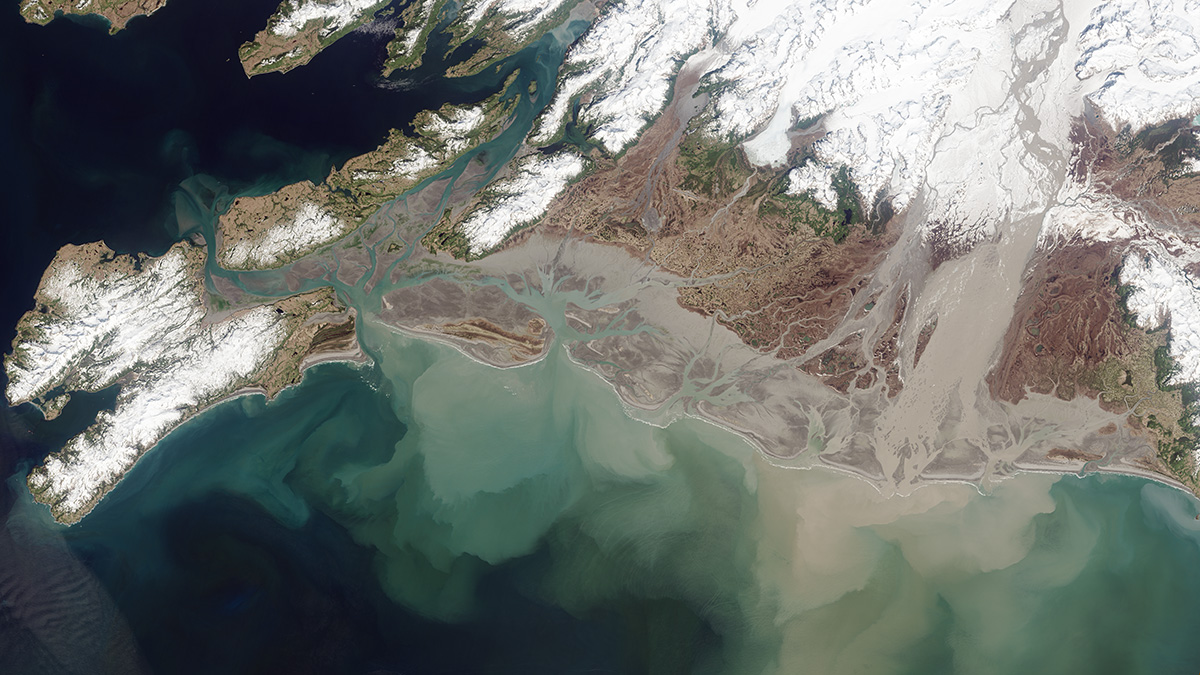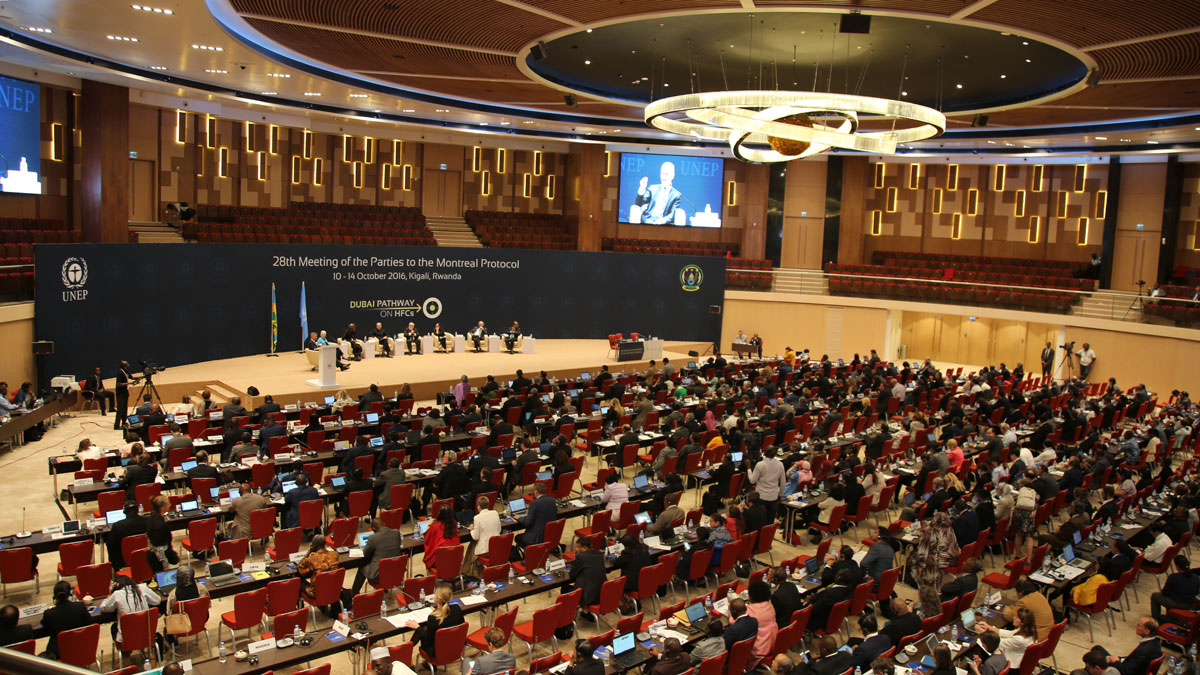The Kansas Geological Survey’s annual Field Conference takes scientists, producers, legislators, and public officials around the state to spark conversation about natural resources.
meetings & workshops
A Regional Ecosystem That Helps Undergraduate Research Flourish
A statewide approach to supporting undergraduate research in Florida offers valuable opportunities for students to showcase their work beyond campus—and a model for other regions to replicate.
Our Evolving Understanding of Biological Carbon Export
The array of processes and organisms that make up the biological carbon pump has immense influence on Earth’s carbon cycle and climate. But there’s still much to learn about how the pump works.
The Nitty-Gritty Forces That Shape Planetary Surfaces
Scientists are coming up with ingenious ways to compare terrestrial sand dunes, dust storms, and rain with their counterparts on Mars and Titan.
The Science We Need to Assess Marine Carbon Dioxide Removal
As companies begin selling credits for marine carbon dioxide removal in largely unregulated marketplaces, scientists must develop standards for assessing the effectiveness of removal methods.
Carbon In, Carbon Out: Balancing the Ocean’s Books
Scientists have developed a consensus guide of standard protocols for how best to measure oceanic primary productivity, a key component in Earth’s carbon cycle.
A Common Language for Reporting Earthquake Intensities
Scientists are working together to establish a standardized international scale for measuring and reporting the intensities and impacts of earthquake shaking.
Envisioning a Near-Surface Geophysics Center for Convergent Science
A recent effort identified how a proposed near-surface geophysics center integrating research and teaching could address critical challenges and promote community engagement and cultural change.
Strategies for Successful Collaborative Writing
Lessons learned and applied during a recent workshop can help authors, from students to seasoned professionals, work together to produce more equitable and effective writing.
Estableciendo el marco para la acción climática bajo el Protocolo de Montreal
Doce artículos fueron la base científica para la rápida acción que reforzó el tratado, el cual ya estaba salvaguardando el ozono estratosférico, para que también protegiera el clima al reducir los super contaminantes.










